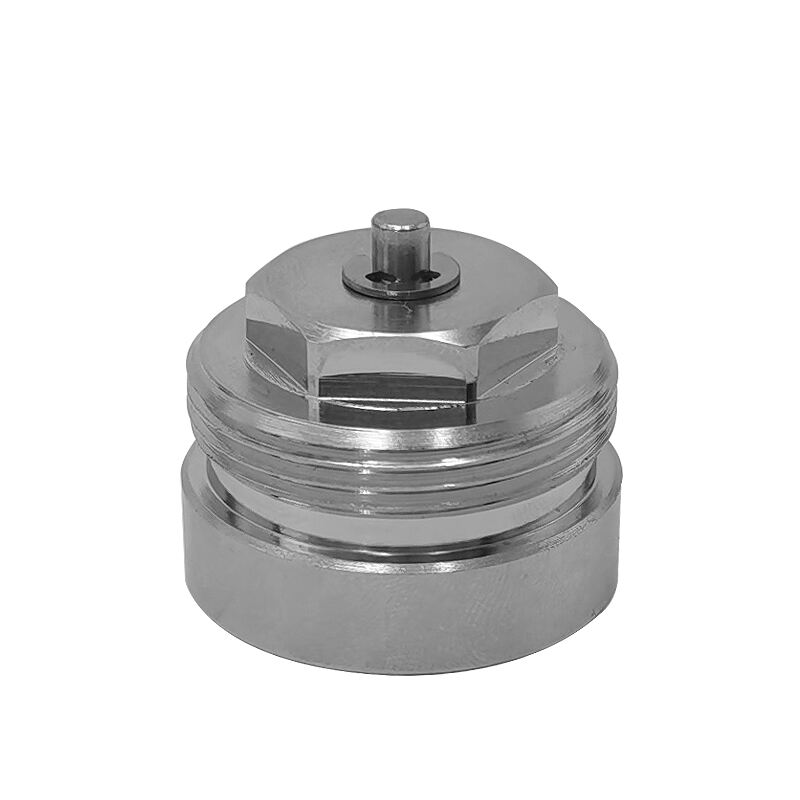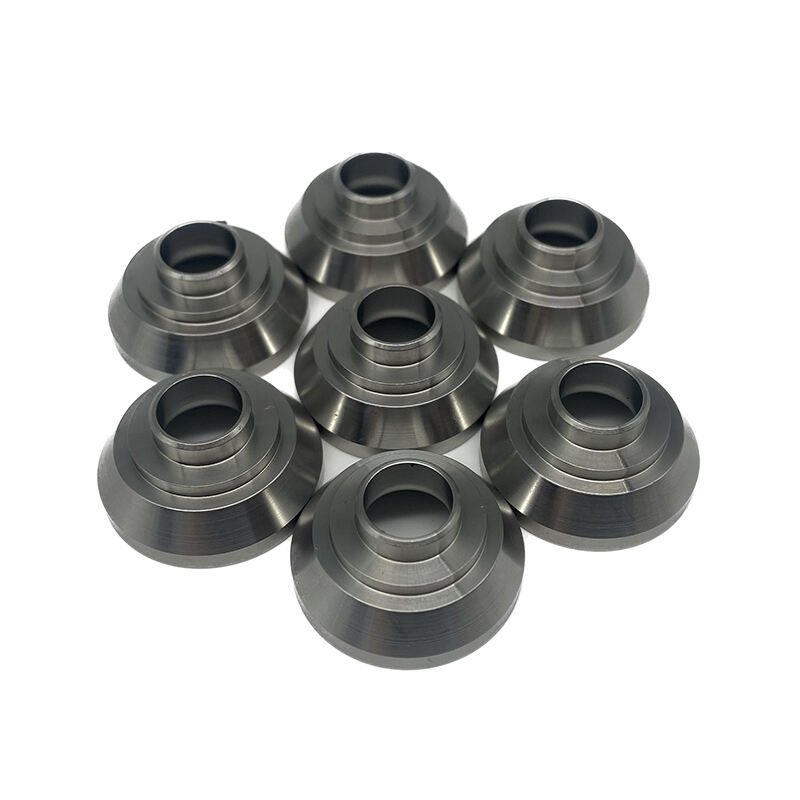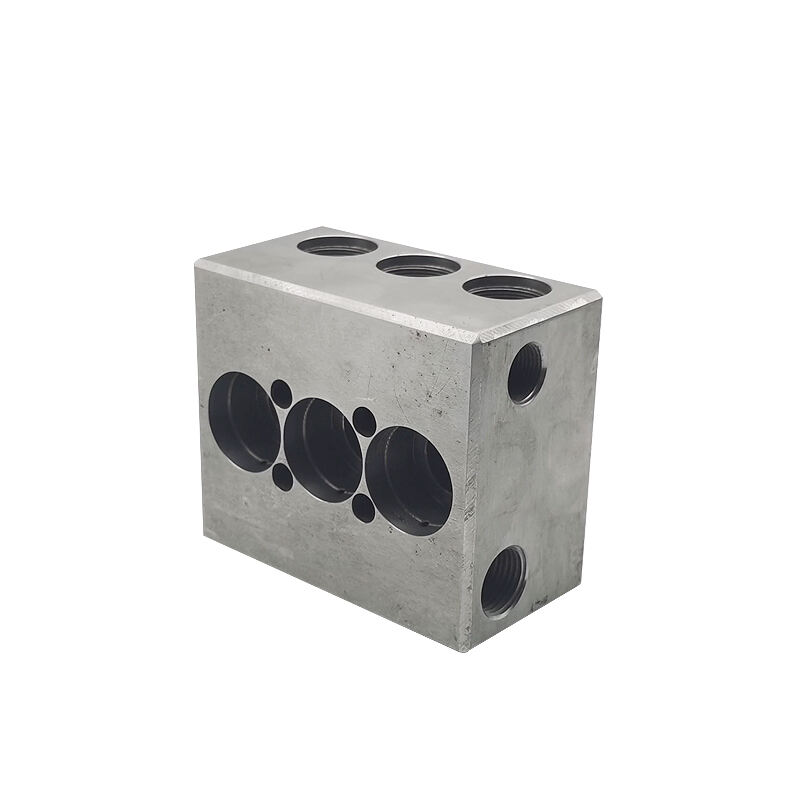cnc machining
CNC machining represents a transformative manufacturing process that combines precision engineering with digital control systems. This technology utilizes computerized controls to operate and manipulate manufacturing tools and machinery, enabling the production of complex parts with exceptional accuracy. At its core, CNC machining employs pre-programmed computer software to dictate the movement of factory equipment and tools. The process can be used to control a wide range of complex machinery, from grinders and lathes to mills and routers. Modern CNC machining begins with the creation of a CAD model, which is then converted into a series of computer instructions for the machine. These systems can execute precise positioning and velocity controls, making them ideal for creating intricate components across various industries. The technology excels in producing both prototype and production quantities, offering consistent quality across multiple parts. CNC machining has revolutionized manufacturing by enabling the production of complex three-dimensional cutting tasks through a single set of prompts. The versatility of CNC systems allows them to work with various materials, including metals, plastics, wood, glass, and composites, making them indispensable in industries ranging from aerospace to medical device manufacturing.


